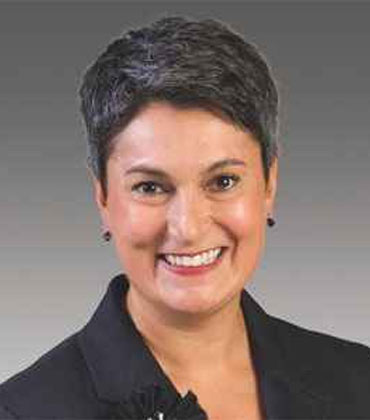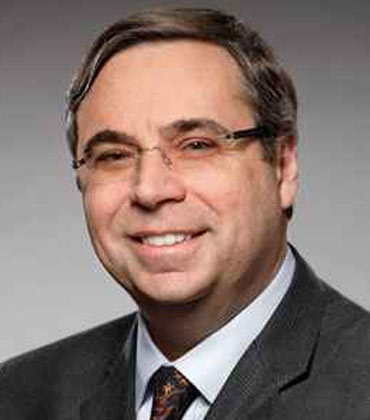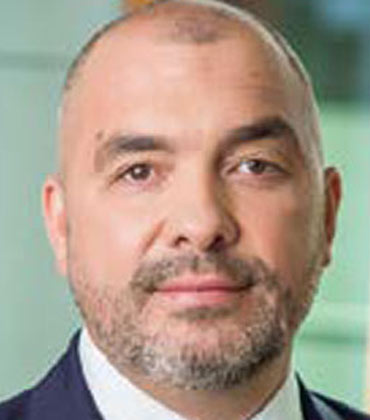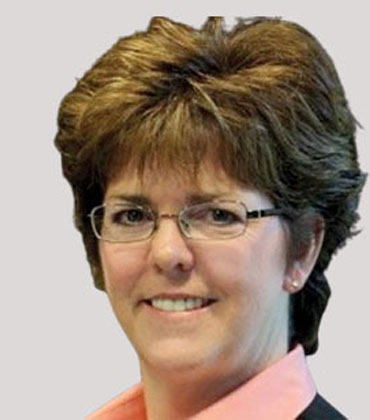THANK YOU FOR SUBSCRIBING
In the quest for financial independence, individuals often accumulate resources that can help them grow their wealth. Yet, they often don’t know how to build their investment portfolios in a way that maximizes their resources, saves taxes and reduces the risk of loss. Fryar Financial, an independent firm, guides business owners and career professionals to build wealth and retire on their terms through a distinctive and well-defined financial planning advice model. It operates as a fiduciary committed to helping clients attain financial independence through tailored strategies while effectively using their existing resources and mitigating risks. In its goal to help clients achieve a wide range of financial objectives, Fryar Financial primarily focuses on risk mitigation over the pursuit of high returns. Its approach lays the groundwork for a more resilient investment strategy and facilitates quicker recovery during market fluctuations. Following the renowned businessman and investor Warren Buffet’s principle that preserving capital is crucial for long-term wealth accumulation, the firm focuses on minimizing losses to expedite wealth recovery and enhance overall portfolio performance. It achieves this by adopting a holistic approach to wealth building that integrates tax planning, tax-efficient strategies and goal-based financial planning into its wealth management services. “We prioritize creating a financial plan over solely focusing on asset accumulation, striving for the most efficient use of client’s resources,” says Marcus Fryar, CFP, ChFC, SE-AWMATM, CRPCTM and investment adviser representative at Fryar Financial.
Every facet of the financial industry is embracing the transformation to digital, and loan processing is no different. “CIOs and CTOs for financial services companies, and lenders in particular, are seeking to optimize processes and reduce costs, while complying with regulatory guidance and ultimately growing their business by delighting their customers. Consumers expect to be able to conduct their financial transactions at any time of day on their phone, tablet, or computer,” explains Amy Brandt, President and COO of Docutech. “For the lending industry, whether it is a mortgage, HELOC or auto or student loan, information and technology leaders are increasingly focused on facilitating loan documents in a real-time, streamlined, and paperless environment.” Ty Jenkins founded Docutech in 1991 with a passion for simplifying the document process for the financial services industry. Today, the software company offers a range of document technology solutions and services for mortgage, home equity, and consumer lending from document generation to eDelivery, eSign, print fulfillment, and more. As an enterprise lending solutions provider, Docutech provides the solutions that help CIOs and CTOs solve for efficiency, compliance, implementation, customer experience, as well as LOS implementation and integration changes. The company emphasizes building a long-term relationship that lenders can trust across the enterprise, beyond point specific vendors. Docutech’s flagship product, ConformXTM, is a state-of-the-art webbased dynamic document generation engine that generates and delivers more than two million transactions per month.
R&T® Deposit Solutions (R&T) has earned a distinguished reputation in the banking and financial services industry for providing innovative cash management solutions that help financial institutions build stronger and deeper relationships with their existing customer base, grow their new customer base and better manage their balance sheet. R&T administers technology-centric deposit placement programs, including the Demand Deposit Marketplace® Program (“DDM® Program”), which give financial institutions the ability to offer automated, efficient cash sweep programs to their customers, while also serving as a daily balance sheet management solution for those institutions. The deposit placement programs administered by R&T are networks of hundreds of participating banks, depository institutions, trust companies, wealth managers and broker-dealers. When combined, the power of those networks allow R&T to maximize the value it can offer to the financial institutions participating in them. Currently, R&T has approximately $162 in assets under administration across its administered programs. A key benefit for a financial institution sending its customers’ funds into a program administered by R&T, especially during times of economic uncertainty, is the ability for the institution to offer its customers access to an expanded level of Federal Deposit Insurance Corporation (“FDIC”)-deposit insurance coverage on their funds. Under the programs, customer funds sent into the program are allocated to multiple FDIC-insured receiving banks, in increments of up to $250,000, per eligible depositor (e.g. based on TIN), per receiving institution, per account ownership category, resulting in the customer receiving access to an expanded level of FDIC deposit insurance coverage on their funds (up to the relevant program limit). Currently, under the DDM Program, financial institutions can provide their customers with access of up to $50 million dollars per customer (e.g., based on TIN) in FDIC deposit insurance coverage on their funds. Although the customer’s funds are allocated to multiple receiving FDIC-insured banks, the customer continues to have daily access to their funds through their single primary financial institution that placed their funds into the program. Aside from the above, the programs administered by R&T also give participating institutions, whether sending or receiving funds under the programs, the ability to strategically manage their balance sheet. “We are always striving to enhance our offerings to make the process of bringing products to end customers as effortless as possible for our clients”, says Gary Hom, EVP and Chief Information Officer at R&T Deposit Solutions.


Ursula Cottone, Chief Data Officer, Citizens Bank [NYSE:CFG]

Michael Wilson, EVP and CIO, First Financial Bank Texas

Bill Kloster, CIO, SEH

James Mazarakis, EVP & CTO, WSFS Bank

Mārtiņš Bērziņš, Head of Digital Customer Experience, Deputy Business Development, Citadele Bank

Stacy Cox, SVP & COO, Croghan Colonial Bank
Risk Control for Better Margins
Adventure is the life of commerce, but caution is the life of banking.” The global economy has been through a sufficient number of financial panics, the most recent being the Crisis of ’07, to understand the bitter truth in the above statement. Almost ten years later, in a time when things are beginning to get back to normalcy, there is a consensus among modern-day banks that the situation could have been averted, had there been a litmus test for banks to test the waters before indulging in excessive risk-taking acts. To that end, application of advanced data science and analytics in the internal workflows of the financial process chain has been known to help banks improve risk control and maintain a healthy liquidity and solid balance sheet at the end of their banking day. Digital credit assessment, credit-collection analytics, and other early warning systems stand vigilant making the life of a bank’s CIO easier. Meanwhile, on the administrative side, technologies like AI, speech recognition, and VR are showing potential to revamp the banking UX for consumers. Seated atop huge datasets including demographics, econometrics, cash-flow cycles, liquidity needs, and costs of capital, these user-facing technologies powered by analytical engines will give the much needed competitive edge that banks will need in times of the rising overtake by digital currency. These technologies coupled with higher interest rates in the wake of the changing governments will give banks more room to increase their profit margins. Experts believe that this should be ample enough to cover the changes that are set to occur in the form regulatory amendments and modifications to existing reforms, plus a chance to recuperate. In an effort to help banks make the right move, Banking cio outlook has come up with its annual special edition on banking, with a curated portfolio of providers in the space as well as insights from leading banks in the nation.